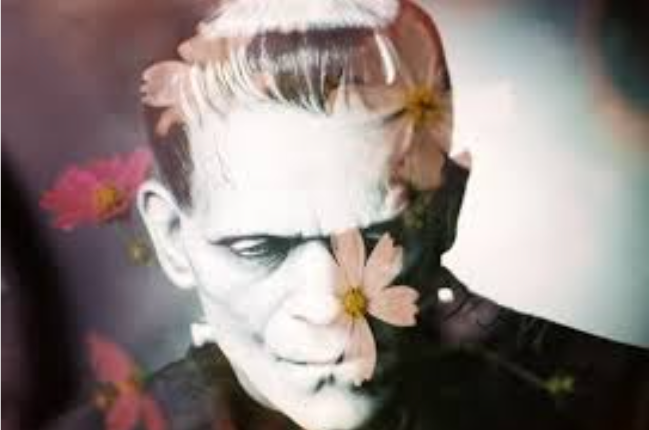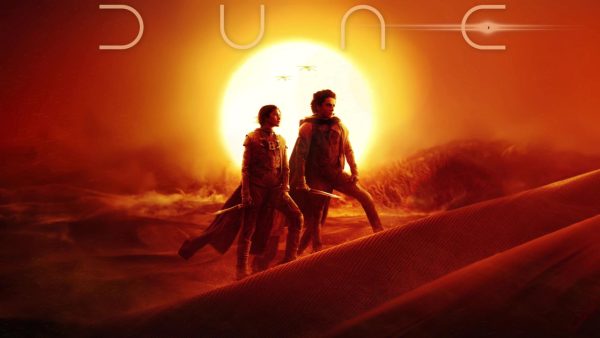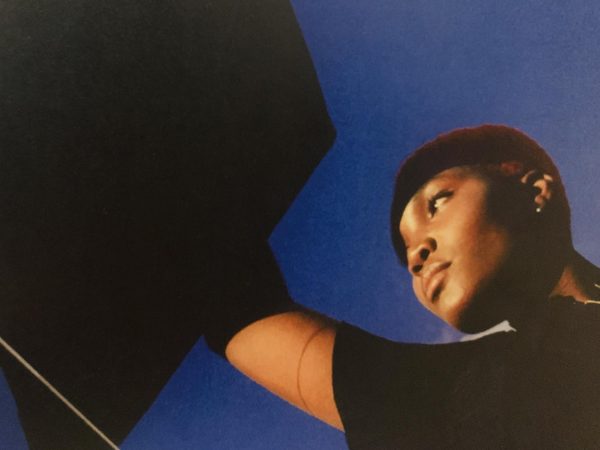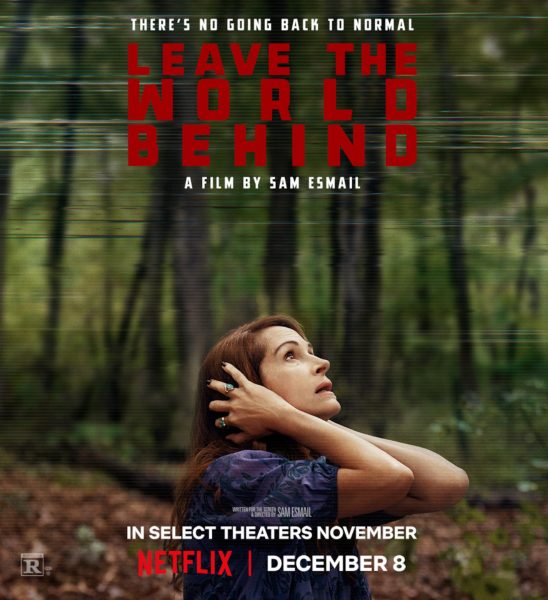Racism & Horror
The intersection of racism and horror runs deep, finding the roots of an evolving genre.
“Horror is a great way to see a society’s fears materialized as some fantastical theatrical experience”, states Robin R. Means Coleman. Known widely to shock and provoke thought, horror as a genre has been around since the beginning of filmmaking. The best horror movies set you up for 90 minutes of tension and release – moments of emotional reaction, comedic release, leaving you feeling unsettled once the curtain draws.
If history is always told through the perspective of the colonizer, then horror tends to be centered around the experience of the alleged victim. In American History, this “victim” tends to be centered around certain races. With money and power, the privileged (and often white) were producing the majority of movies. But what happens when marginalized people can’t control how they are portrayed? This frightening centralized control makes for a slippery slope of the portrayal of POC (people of color).
The horror genre is heavily inspired by the literary genre known as gothic, demonstrated through books like Mary Shelley’s Frankenstein, Bram Stoker’s Dracula, and most anything Edgar Allen Poe ever wrote. These pieces are deeply subversive and thought-provoking, with the paranormal and supernatural add a twist of delight. Though also used as entertainment, many creatives would use this medium to tackle social and ideological tensions of the day. Simultaneously, as colonialism ramped up throughout the world a new genre was created – the Post Colonial Gothic Era, which in turn built into the Afro Gothic Era, often used as a means of coping with the trauma of colonial slave history. Black folks weren’t seen as people – having invisibility at best and blatant mistreatment of racialized Black bodies at worst (particularly in the horror genre).
As cinema was more heavily introduced in the early 1900s, there was an increase in budget and a notable shift in storytelling skills and what people deemed scary. By the 1980s, movies such as The Shining(1980) and A Nightmare on Elm Street(1984) slowly grew in quality. The rise of the physiological thriller genre seemed to reject the flamboyant fantasies of mainstream horror, instead geared towards a much more intuitive-based fear. Coming into the present day, it seems we’ve entered into an art-house/international/political horror era. Parasite (2019), Hereditary (2018) and Get Out (2017), to name a few. These widely acclaimed movies fuel the fantastic exploration of our fears or even the fears of our collective consciousness.

Leah Frankel is the Arts & Entertainment editor for The Owl and a senior at Boulder High School. Outside the bustling atmosphere of the newspaper room, she co-leads Navig8 at the Boulder JCC and volunteers at their Milk & Honey Farm. She’s a returning fellow at Kol Koleinu, a national Jewish-feminist group moving towards social work. Leah is a middle child of three girls and has been interested in both social justice issues and writing from a young age. In her free time, she loves to sing Ella Fitzgerald, paint, read at her cabin in Rocky Mountain National Park, hike with friends, and listen to a wide range of music! “I’m solidifying a real community here at The Owl. I can share...







